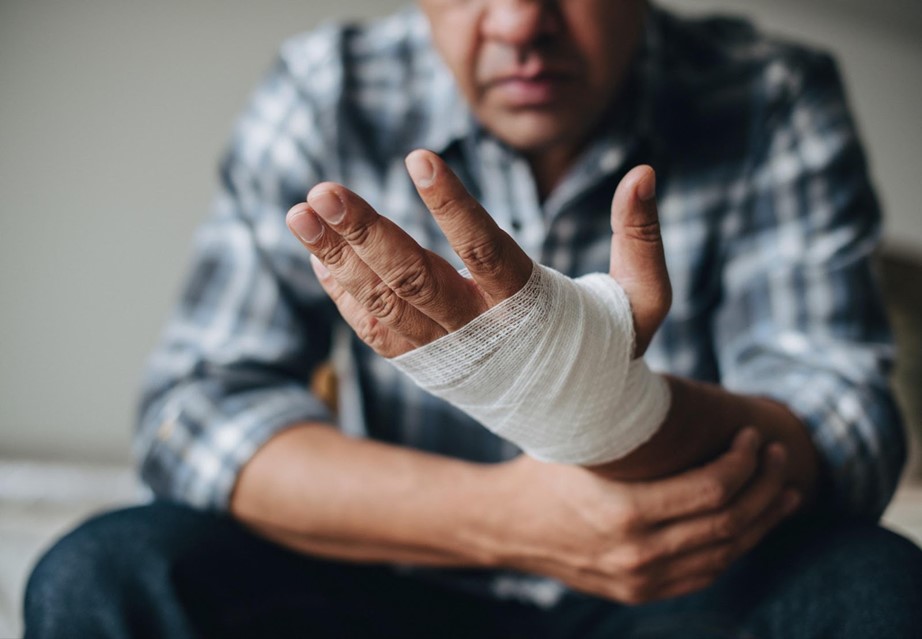Minor cuts and scrapes are inevitable. From a young age, we experience minor skin abrasions that are more of an inconvenience than a medical issue.
From a paper cut or skinned knee to the slip of a kitchen knife while chopping fruit, almost everyone experiences a minor albeit painful cut at some point.
Most cuts are minimal, and some are so small and superficial that they barely bleed.
On the other hand, some cuts are larger and deeper and may require medical attention and stitches to stop bleeding and promote proper healing.
It is essential to know that small and large cuts can quickly become infected. It’s imperative to treat suspected infected cuts immediately and continue to watch them closely as they heal to avoid long-term complications.
Above all, knowing how to tell if a cut is infected is critical to getting the care you need quickly. Your life could depend on it.
Let’s discuss how to tell if a cut is infected in further detail.
How to Tell if a Cut Is Infected
While many cuts and scrapes can be treated at home and heal quickly, some require medical attention for further evaluation and care, especially if they show signs of infection.
Infection in cuts can manifest in various ways depending on the size, location, and cause of the cut.
The most common signs and symptoms of an infected cut include
- Pus draining from the wound
- A pimple or yellow crust that has formed on or around the cut
- A soft scab that increases in size
- Redness on and around the cut
- A red streak that spreads from the wound toward the heart
- Increased pain and tenderness
- Swelling that continues to worsen after the first 48 hours
- Swollen lymph nodes
- Fever
- The inability to heal after ten days or longer
If you or a loved one is experiencing any of the above-noted symptoms of an infected cut, you should visit your local urgent care facility or primary care doctor immediately.
When a Cut Needs Emergency Medical Care
Some cuts are too large and deep to be appropriately treated at home or in an urgent care facility.
If you experience a severe wound, you should head to an emergency room for immediate attention.
It is recommended to seek emergency treatment for a cut when
- The bleeding won’t stop, or blood is spurting out
- The laceration is deeper than one-quarter inch
- A rusted object caused the cut
- Muscle, fat, or bone is exposed
- The cut is located over a joint
- The injury affects a major artery or vein
- There is an object embedded in the cut
- You have sustained an amputation
For immediate care for a deep, infected cut, call 9-1-1 now.
Cut and Infection Care You Need Now in Southaven
Infected cuts and large, gaping wounds require urgent care.
If your cut becomes infected, immediate medical attention is required. Visit Getwell Urgent Care now for comprehensive and timely cut and wound treatment.
We are open seven days a week for all of your needs. No appointment is needed; simply walk in to get the wound care you need now.

